How Easy Is It to Maintain and Replace Components in Creative LED Display Modules?
Modern LED displays increasingly rely on creative LED display modules to deliver superior performance. These modules are designed for flexibility, efficiency, and longevity. Maintenance and component replacement often challenge large-scale LED systems. However, modular design simplifies these processes, reducing downtime and operational costs.
In traditional integrated LED screens, servicing required extensive disassembly, risking damage and increasing labor. Conversely, creative modular systems allow targeted interventions. Technicians can access faulty components quickly, preserving other sections. This approach enhances overall reliability and improves the return on investment for businesses.
Furthermore, consumer expectations are evolving. Users demand continuous uptime and flawless visual quality. Modular LED displays respond to these needs by ensuring maintenance is predictable, efficient, and cost-effective. As a result, companies deploying creative LED display modules achieve long-term operational benefits while maintaining high-quality visual performance.
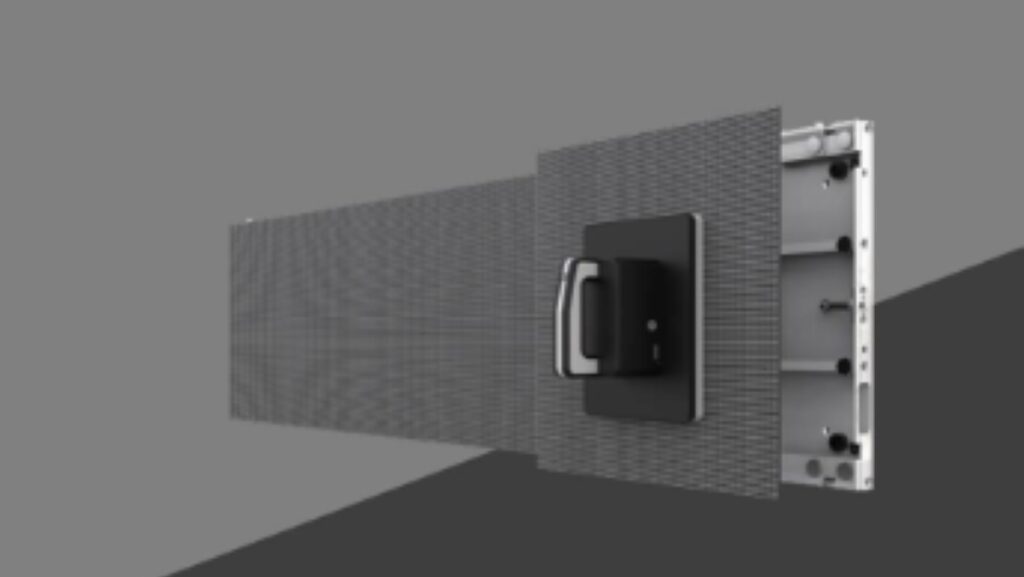 1. Modular Structure: A Foundation for Ease
1. Modular Structure: A Foundation for Ease
At the core of every creative LED display module is its modular structure. Each module functions independently yet integrates seamlessly with adjacent units. This architecture allows technicians to isolate issues without disrupting the entire system.
The separation of modules means that individual LEDs, power supplies, and signal boards can be removed or replaced effortlessly. Unlike fixed panels, modular systems reduce the complexity of troubleshooting. Additionally, uniform module sizes and standardized connectors further streamline service. Technicians spend less time diagnosing problems, which accelerates restoration.
Moreover, this modular framework encourages scalability. Businesses can expand their displays without redesigning existing installations. By using creative LED display modules, companies maintain operational continuity while enabling future upgrades or repairs. The modular structure, therefore, is not merely a design choice but a strategic advantage.
2. Simplified Component Replacement
Replacing components within traditional LED screens often requires skilled technicians and specialized tools. In contrast, creative LED display modules are engineered for accessibility. Standardized connectors, quick-release mechanisms, and plug-and-play designs allow rapid swaps of faulty components.
For instance, if an LED pixel cluster fails, technicians can remove the affected module and replace it with minimal effort. Power supply units and controller boards follow similar principles, reducing the likelihood of installation errors. Consequently, replacement processes no longer demand complete disassembly, protecting other components from accidental damage.
Furthermore, quick replacement minimizes operational downtime. Retail environments, event spaces, and public displays benefit from uninterrupted performance. Businesses can maintain high visual standards without scheduling extended maintenance windows. By leveraging creative LED display modules, maintenance becomes a routine, efficient process rather than a disruptive event.
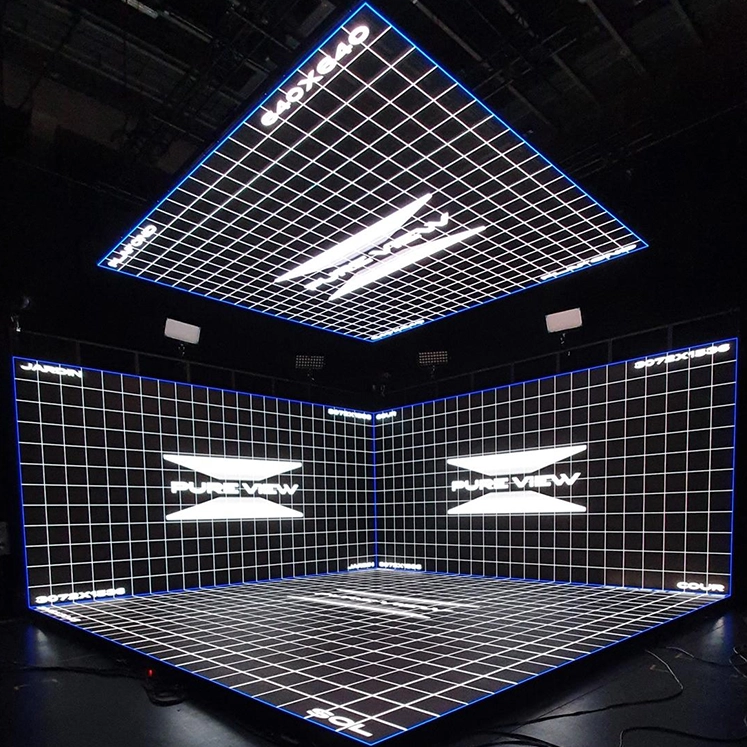 3. Maintenance Efficiency: Reducing Time and Cost
3. Maintenance Efficiency: Reducing Time and Cost
Time and cost efficiency are central to modular LED display design. Maintenance tasks, including cleaning, component checks, and troubleshooting, are significantly faster. Technicians access individual modules without disassembling the entire screen. This design reduces labor costs and eliminates unnecessary risks.
Additionally, preventive maintenance is easier to implement. Modular systems allow scheduled inspections and selective replacements, preventing minor faults from escalating into major issues. The ability to service modules independently ensures longevity and consistent performance.
Moreover, many creative LED display modules incorporate intelligent monitoring systems. These systems identify anomalies, track performance, and notify operators in real time. Proactive alerts guide technicians to the precise module needing attention, further enhancing efficiency. This combination of design and technology exemplifies how modular LED solutions simplify ongoing care while safeguarding investment.
4. Durability and Reliability of Modular Components
Maintenance is closely linked to durability. Creative LED display modules are built with high-quality materials and standardized components, ensuring long-term reliability. Each module can withstand environmental factors such as temperature fluctuations, humidity, and physical stress.
The robustness of modular design also limits the risk of cascading failures. When one component fails, it rarely affects neighboring modules, preserving the display’s overall functionality. This segmentation reduces emergency repairs and ensures that businesses experience minimal disruption.
Furthermore, manufacturers optimize component accessibility. Screws, connectors, and plugs are positioned to allow safe and rapid removal. Technicians can perform replacements without specialized training, reducing dependency on highly skilled labor. This approach reinforces both operational reliability and cost-effectiveness.
5. Integration with Software: Streamlined Diagnostics
Modern creative LED display modules integrate seamlessly with management software. Diagnostic tools identify performance issues, log usage data, and highlight modules requiring attention. This software-assisted approach simplifies maintenance by providing precise guidance.
Technicians can locate a faulty module on a large display in seconds. Software integration minimizes guesswork, prevents unnecessary disassembly, and accelerates repair workflows. As a result, creative LED display modules achieve a synergy between hardware and software, delivering both convenience and operational intelligence.
Moreover, remote monitoring supports predictive maintenance. Software can forecast component degradation, enabling proactive replacements before failures occur. This forward-looking strategy extends the lifespan of each module and reduces overall service costs.
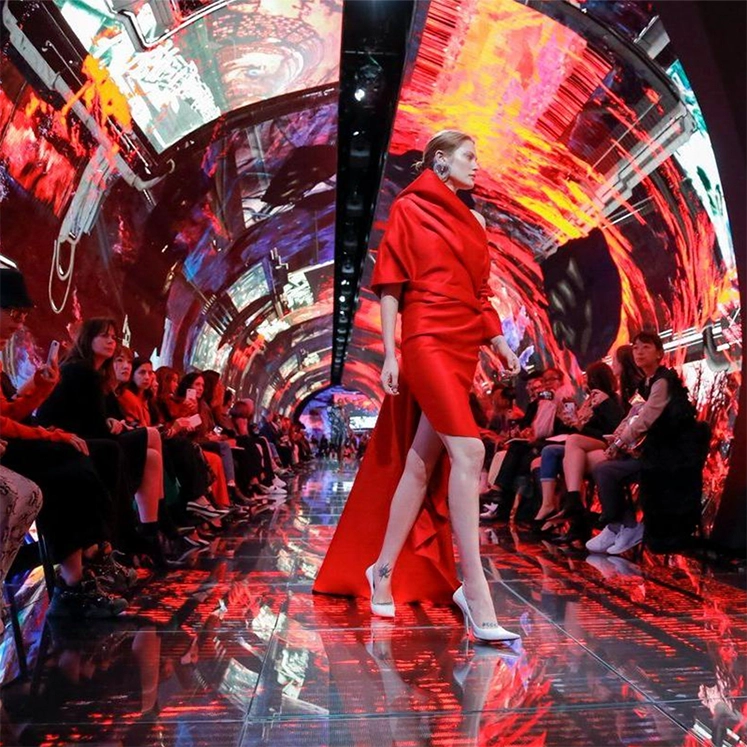 6. Customization and Accessibility Considerations
6. Customization and Accessibility Considerations
Every installation has unique requirements. Modular design allows customization in both size and configuration, while maintaining maintenance simplicity. Creative LED display modules can adapt to curved surfaces, irregular structures, or multi-layered setups without compromising serviceability.
Accessibility is central to this adaptability. Technicians can reach difficult-to-access areas by removing only relevant modules. No extensive scaffolding or screen disassembly is necessary. This feature proves invaluable in complex architectural or public installations.
Additionally, manufacturers provide detailed manuals, tutorials, and replacement kits. By standardizing maintenance protocols, modular solutions reduce errors, ensure consistent quality, and facilitate training for in-house technicians. Creative LED display modules thus combine flexibility with practical serviceability, benefiting both installers and end users.
7. Industry Applications and Case Studies
Across industries, creative LED display modules demonstrate practical advantages in maintenance. In retail, large-format screens require continuous uptime. Modular systems allow quick replacement of individual sections during business hours, preserving customer experience.
Event organizers benefit from modular designs in temporary setups. Components can be swapped on-site, ensuring flawless visual output without delays. Similarly, transportation hubs and corporate installations experience fewer service interruptions thanks to modular accessibility.
Case studies reveal that maintenance downtime decreases by over 50% compared to traditional integrated screens. Cost savings, operational continuity, and ease of upgrades collectively enhance business efficiency. Modular LED solutions are therefore not just technical improvements—they are strategic tools for operational excellence.
8. Conclusion: The Strategic Advantage of Modularity
Creative LED display modules transform the way companies manage, maintain, and upgrade visual displays. Modular architecture ensures rapid component replacement, reduced downtime, and long-term reliability. The combination of accessibility, software integration, and standardized design enhances both operational efficiency and user satisfaction.
By adopting creative LED display modules, businesses gain a sustainable competitive edge. Maintenance becomes a manageable, predictable task, while the display consistently delivers high-quality performance. Furthermore, the ability to scale and customize installations ensures that modular solutions remain relevant as technology and requirements evolve.
Ultimately, modular design is a forward-thinking strategy. It reflects a commitment to efficiency, reliability, and superior user experience. Companies that embrace this approach benefit from reduced costs, improved uptime, and a long-lasting, high-performance display. Creative LED display modules thus stand as both a technical and strategic investment in modern visual communication.

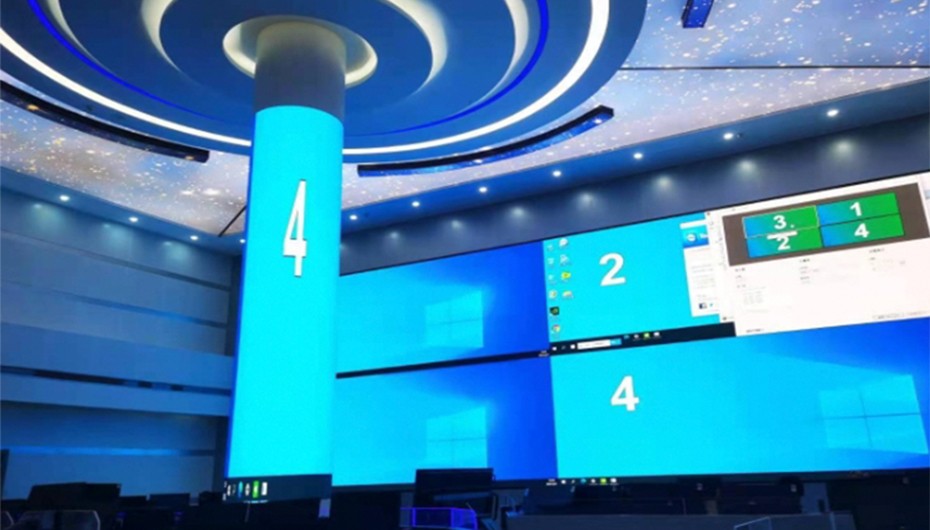
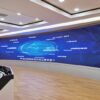
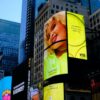

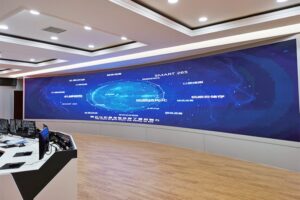
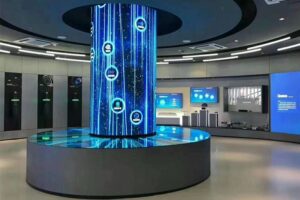
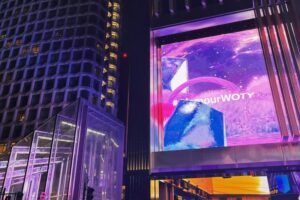
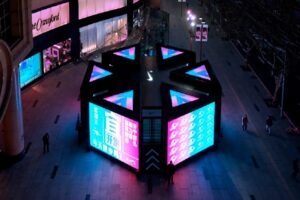
Leave a reply